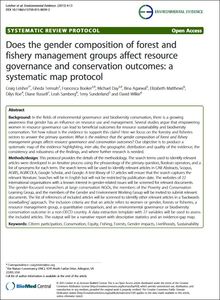Current issues in non-timber forest products research. Proceedings of the workshop research on NTFP. Hot Spring, Zimbabwe, 28 August - 2 September 1995
This book contains a number of commissioned background papers presented at the workshop on ‘Research on Non-timber Forest Products’ (Hot Springs, Zimbabwe, 28 August - 2 September 1995). Bringing together experiences from different regions and professional backgrounds, the book attempts to analyse the complexity of multiple use of forests from a multidimensional perspective that incorporates environmental, social, economic, technological, political, historical and cultural factors. Current topics of discussion are reviewed.


